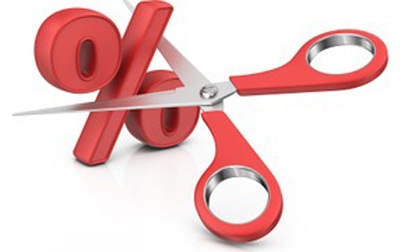The RBI on Thursday (6th August 2020) has decided to keep the Repo Rate at 4%. The repo rate at 4%. The Repo rate is the Interest Rate at which RBI Lends to Commercial Banks. The Book ‘Quest for Restoring Financial Stability in India’ written by Viral V Acharya, the Former Deputy Governor of RBI, explains why the Government loves the cycle of repo rate cuts. The book provides a concrete plan for sustained improvements in the Indian economy.
The repo rate cuts help the Government to keep the budgetary allocation for public sector bank’s capital needs low. But the problem is that when the rates are cut, the value of government bonds that are held by the state-owned banks go up. When interest goes down the bond prices go up and the PSBs make a profit. These profits are recognized and this helps to share up the capital base of the state-led lenders.
The central bank is working very hard to ensure that public sector banks can show adequate profits and capital to the markets. Therefore, repo rate cuts don’t just signify banks to chop up their deposit and loan rates, they’re also a way to drive up the bond prices and further shore up the state-owned lenders’ capital base.
In the book, Acharya explains “rate cuts are preferred… whereas rate hikes are particularly disliked.” The government is the owner of major public sector banks and these banks are in a mess for about 10 years. Due to loan defaults, the government needs to recapitalize or keep investing in these banks. When the repo rates go up the public sector banks lose the investment in their bonds. This Treasury Loss and they are not recognized immediately but over several quarters.
According to Acharya, this is bad policy as it is influenced by the government’s need to share up the capital of public sector banks. Cutting the repo rates leads to a situation where the repo rate is lower than the prevailing rate of inflation. This is the present situation where inflation (by per consumer price index) is 6.1%, the repo rate is 4%. The fixed deposit interest rates are between 5%-6% which means that people are losing money by investing in fixed deposits as soon as they are adjusted for Inflation.
The repo rate cuts are mainly done by the Government to assist the Public Sector Banks to shore up their capital base. These measures, the reason for the measures, and their impact are clearly explained in the Book written by Acharya.

